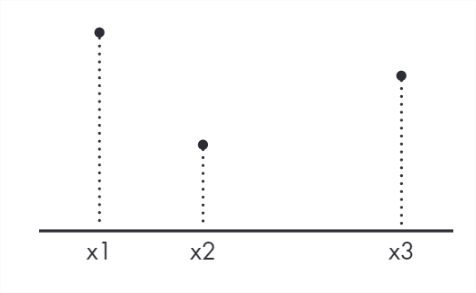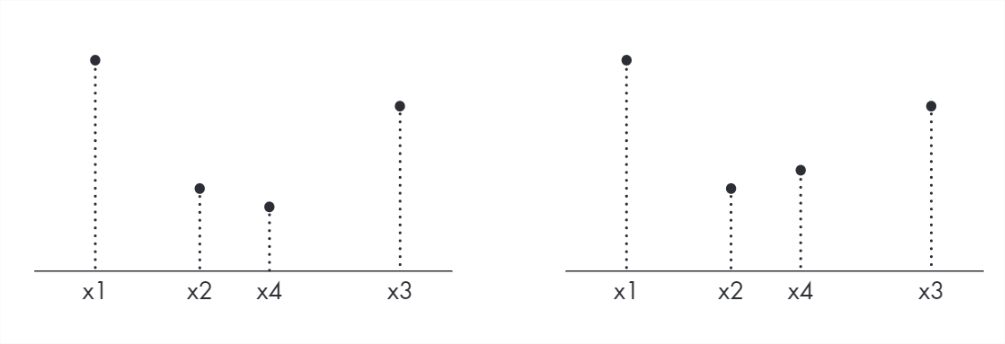15.3: How fminsearch Works
- Page ID
- 84554
According to the MATLAB documentation, fminsearch uses the Nelder-Mead simplex algorithm. You can read about it at https://greenteapress.com/matlab/nelder, but you might find it overwhelming.
To give you a sense of how it works, I will present a simpler algorithm, the golden-section search. Suppose we’re trying to find the minimum of a function of a single variable, \(f(x)\).
As a starting place, assume that we have evaluated the function at three places, \(x_1\), \(x_2\), and \(x_3\), and found that \(x_2\) yields the lowest value. Figure 15.4 shows this initial state.

We will assume that \(f(x)\) is continuous and unimodal in this range, which means that there is exactly one minimum between \(x_1\) and \(x_3\).
The next step is to choose a fourth point, \(x_4\), and evaluate \(f(x_4)\). There are two possible outcomes, depending on whether \(f(x_4)\) is greater than \(f(x_2)\) or not. Figure 15.5 shows the two possible states.

If \(f(x_4)\) is less than \(f(x_2)\) (shown on the left), the minimum must be between \(x_2\) and \(x_3\), so we would discard \(x_1\) and proceed with the new triple \((x_2, x_4, x_3)\).
If \(f(x_4)\) is greater than \(f(x_2)\) (shown on the right), the local minimum must be between \(x_1\) and \(x_4\), so we would discard \(x_3\) and proceed with the new triple \((x_1, x_2, x_4)\).
Either way, the range gets smaller and our estimate of the optimal value of \(x\) gets better.
This method works for almost any value of \(x_4\), but some choices are better than others. You might be tempted to bisect the interval between \(x_2\) and \(x_3\), but that turns out not to be the best choice. You can read about a better option at https://greenteapress.com/matlab/golden.


